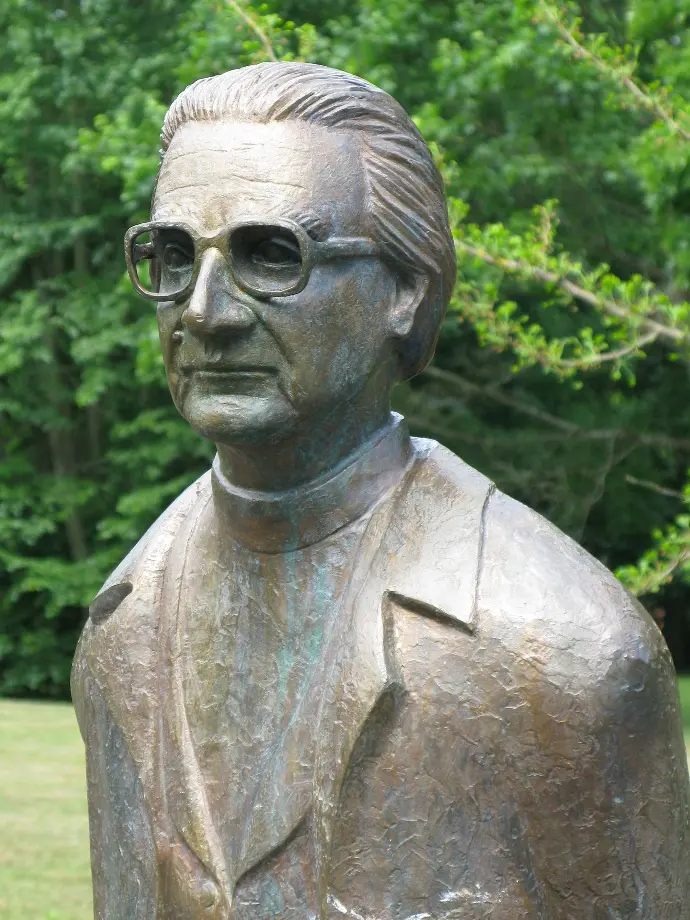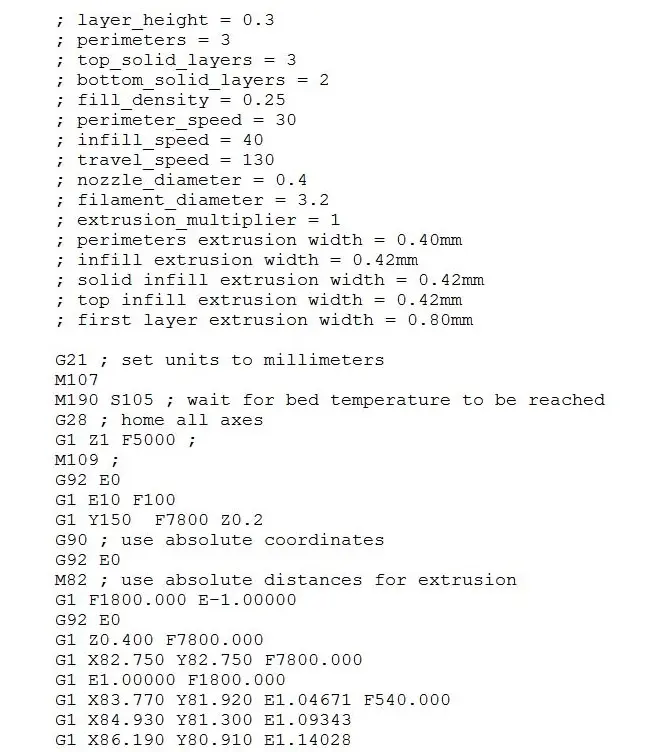The Beginning
In the early 1940s, German engineer Konrad Zuse developed the first programming language, known as Plankalkül, between 1942 and 1945.
Prior to this, Ada Lovelace's "Algorithm for the Analytical Engine," created in 1883, is often credited as the first programming language. However, since this predated the invention of the PC and is not considered a high-level language, it differs from modern programming languages.
High-level languages are designed to be easily readable by humans, unlike low-level languages, which are composed of binary code (0s and 1s) understood by CPUs.
Zuse’s Plankalkül largely went unnoticed in Western countries due to the impact of World War II.

The Emergence of G-Code
In 1957, John Backus created Fortran, one of the earliest programming languages still in use today, designed for statistical and mathematical computations.
Significantly, just one year later, in 1958, the first version of G-Code, known as RS-274, was introduced.
G-Code remains one of the pioneering programming languages still actively used, with its application expanding annually, particularly in 3D printing and CNC machining.
Get Your Free Quote Today
Don't wait any longer on your project!
The Early Years of G-Code

G-Code emerged around the same time as other early high-level programming languages, as illustrated in the graphic.
The current standard for G-Code is RS-274D (ISO 6983). When manufacturers create new machines, they base their controls on this standard but may add custom features as needed. For example, if a machine includes additional coolant delivery systems not covered by RS-274D, extra M-codes are introduced to manage these systems.
When learning G-Code, we typically start with the standard or generic version. As we work with various machines, we'll encounter these custom features, but a solid understanding of G-Code makes them easy to grasp.
It’s advisable to consult the operator’s manual for new machines to identify any additional G-Code features. Given the variations in G-Code versions used across different machines, CAD/CAM software utilizes post-processors to generate G-Code files tailored to the specific machine.
Which Came First: CNC or G-Code?
G-Code was originally developed at MIT for use with 2-axis plotters, which is quite different from the 12-axis machining centers that use G-Code today. As technology evolved and our needs expanded, so did G-Code’s capabilities, allowing it to control increasingly complex machines.
One of my favorite features of G-Code is macro programming.
Modern G-Code has significantly advanced since its early days. With macro programming, we can now use variables, logical statements like if/then, and more. Variables allow G-Code to function more like traditional programming languages, enabling the storage of numerical results from calculations and their retrieval at any point in the program.
Currently, variables in G-Code can only store numeric values, so strings and arrays are not yet supported in macro programming. However, the ability to store numbers in variables adds a new layer of flexibility to G-Code, making it an engaging language to learn. It enhances the language’s utility by enabling custom cycle creation and speeding up manual coding. For many basic parts and lathe work, skilled machinists often find it faster to write a G-Code program by hand than to create a model and generate toolpaths in a CAD/CAM system.
Despite being over 60 years old, G-Code continues to evolve to meet modern needs, making it a relevant and valuable skill in the machine shop.